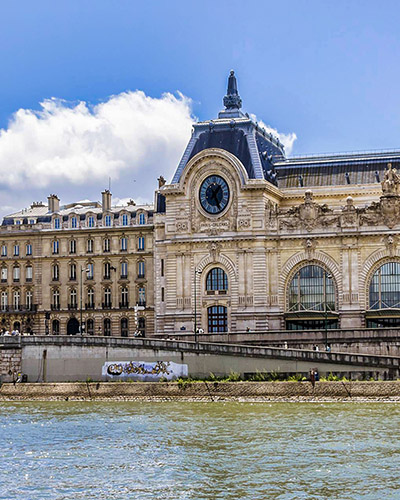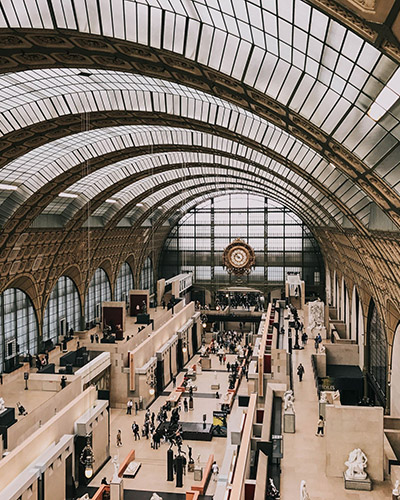National Museum of China
The National Museum of China (Chinese: 中国国家博物馆; pinyin: Zhōngguó Guójiā Bówùguǎn) flanks the eastern side of
Tiananmen Square in Beijing, China. The museum's mission is to educate about the arts and history of China.
It is directed by the Ministry of Culture of the People's Republic of China.
.jpg)
Due to the COVID-19 pandemic, the museum was closed for a large part of 2020, and attendance plunged by 78
percent to 1,600,000. Nonetheless, in 2020 it was in second place in the List of most-visited art museums,
after the Louvre.
.jpg)
After four years of renovation, the museum reopened on March 17, 2011, with 28 new exhibition halls, more
than triple the previous exhibition space, and state of the art exhibition and storage facilities. It has a
total floor space of nearly 200,000 m2 (2.2 million square feet) to display.[6] The renovations were
designed by the German firm Gerkan, Marg and Partners
Collections
The museum, covering Chinese history from the Yuanmou Man of 1.7 million years ago to the end of the Qing
Dynasty (the last imperial dynasty in Chinese history), has a permanent collection of 1,050,000 items,[8]
with many precious and rare artifacts not to be found in museums anywhere else in China or the rest of the
world.
Among the most important items in the National Museum of China are the "Simuwu Ding" from the Shang Dynasty
(the heaviest piece of ancient bronzeware in the world, at 832.84 kg),[9] the square shaped Shang Dynasty
bronze zun decorated with four sheep heads,[9] a large and rare inscribed Western Zhou Dynasty bronze water
pan,[9] a gold-inlaid Qin Dynasty bronze tally in the shape of a tiger,[9] Han Dynasty jade burial suits
sewn with gold thread,[9] and a comprehensive collection of Tang Dynasty tri-colored glazed sancai and Song
Dynasty ceramics.[9] The museum also has an important numismatic collection, including 15,000 coins donated
by Luo Bozhao.
.jpg)
Controversies
A three-month exhibition of the luxury brand Louis Vuitton in 2011 led to some complaints of
commercialism
at the museum, with Peking University professor Xia Xueluan stating that as a state-level public museum,
it
"should in fact only be dedicating itself to non-profit cultural promotion."[14] Yves Carcelle, chairman
and
chief executive officer of Louis Vuitton Malletier, defended the exhibition by stating: "What's
important is
what you are going to discover. I think before money, there's history: 157 years of creativity and
craftsmanship."
Some critics have also alleged the museum's modern historiography tends to focus on the triumphs of the
Communist Party, while minimizing or ignoring politically sensitive subjects such as the Great Leap
Forward
and the Cultural Revolution.
.jpg)
.jpg)
.jpg)







